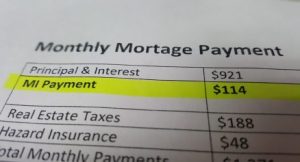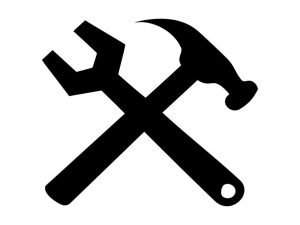While there are those who understand the real-estate market well, others see it as a…
What’s the Deal With Mortgage Insurance?
Stop the presses! There’s a charge for mortgage insurance on my quote.
You just got a quote from your loan officer and you are looking over the estimated monthly payments of a mortgage when you see a monthly charge for Mortgage Insurance (MI). Naturally you may question what it is and why you even need it.
I’ve been there.
Truth be told, in most cases MI is required with a mortgage. Not to be confused with homeowner’s insurance, MI is actually meant for the lender of your loan. MI is insurance paid out to the lender of a loan in the case that a homeowner defaults on their loan.
Is it mandatory?
Because of the loan-to-value (LTV) ratio rule, MI is mandatory for any home loan with an LTV over 80%.
But here’s the good news:
Once a homeowner has paid down their principal by 20%, they may request that mortgage insurance be removed. Otherwise, the lender is required to drop MI when the LTV drops to 78%.
The other option to avoid MI when purchasing a home is to put at least 20% down payment, thereby eliminating the need for it.
Mortgage Insurance Vs Private Mortgage Insurance
There are two types of mortgage insurance. The first is traditional MI that is common with government loans such as FHA and USDA. VA loans are exempt from MI. The second is private mortgage insurance that is associated with conventional loan programs offered by Freddie Mac and Fannie Mae.
Payment Options
Although MI is required for loans at 80% LTV or higher, borrowers have two payment options. The most common method of payment is to have MI bundled into the loan for convenient monthly installments. However, a borrower that wants to get the payments out of the way may opt to pay all of the MI upfront in a lump sum before closing.






